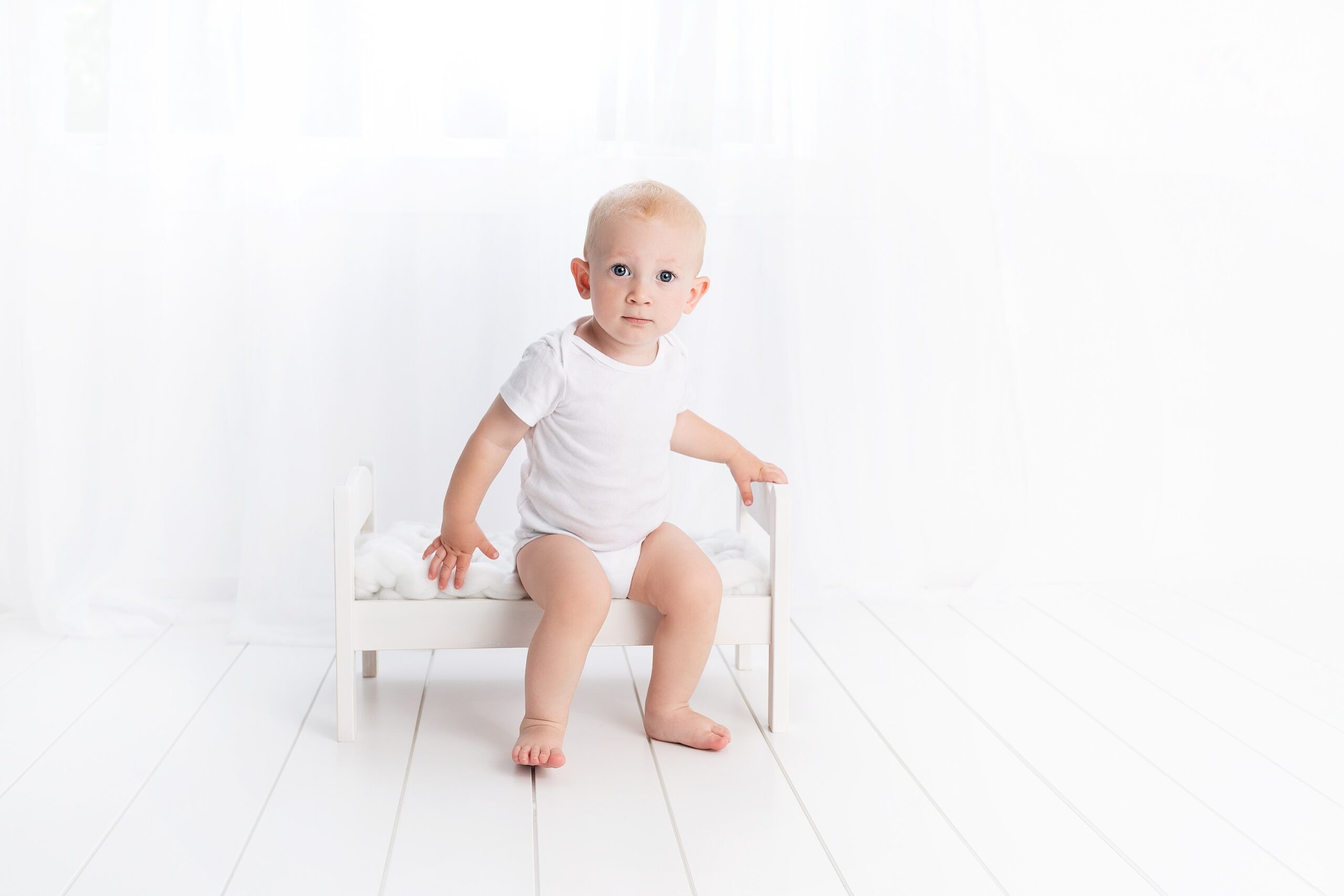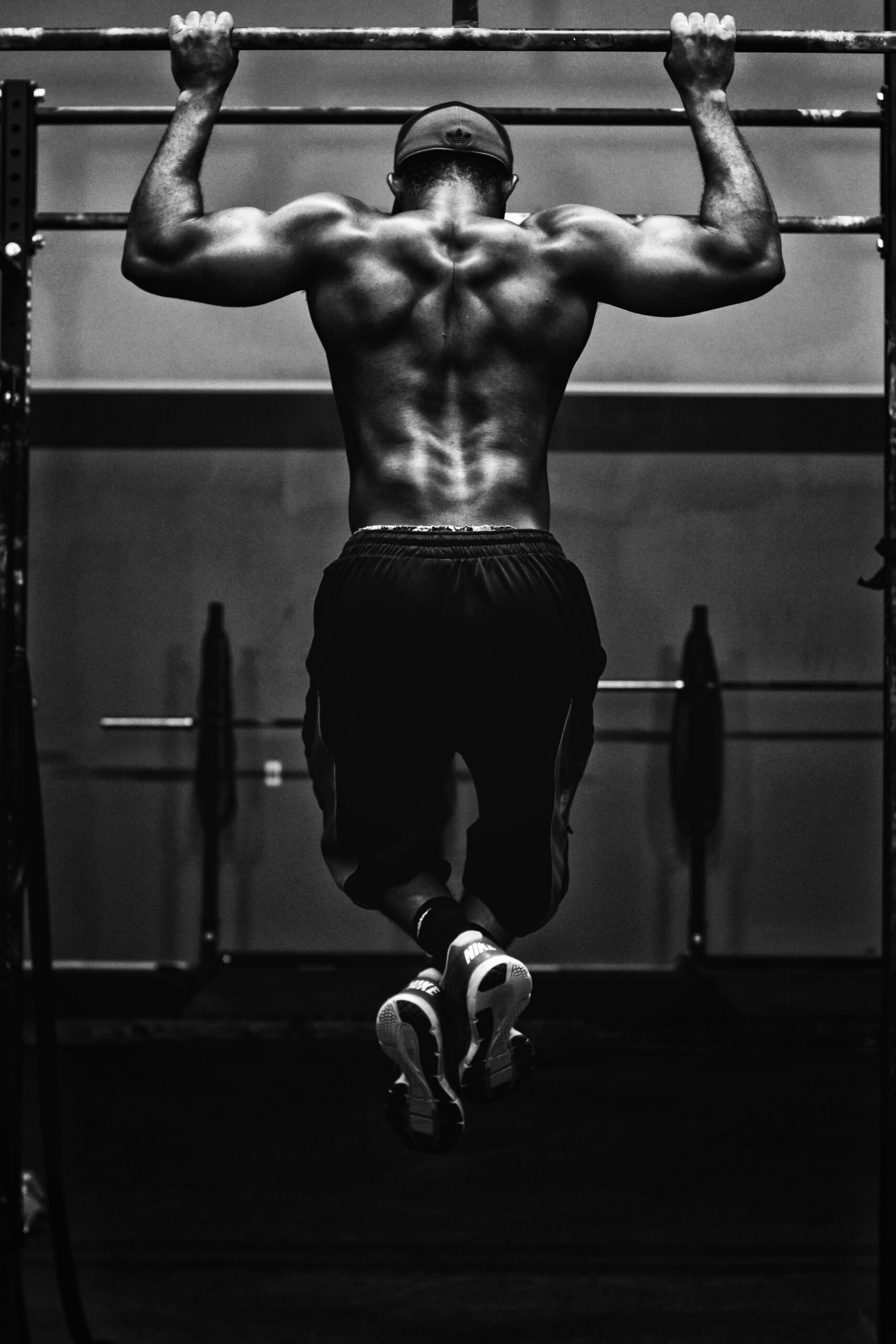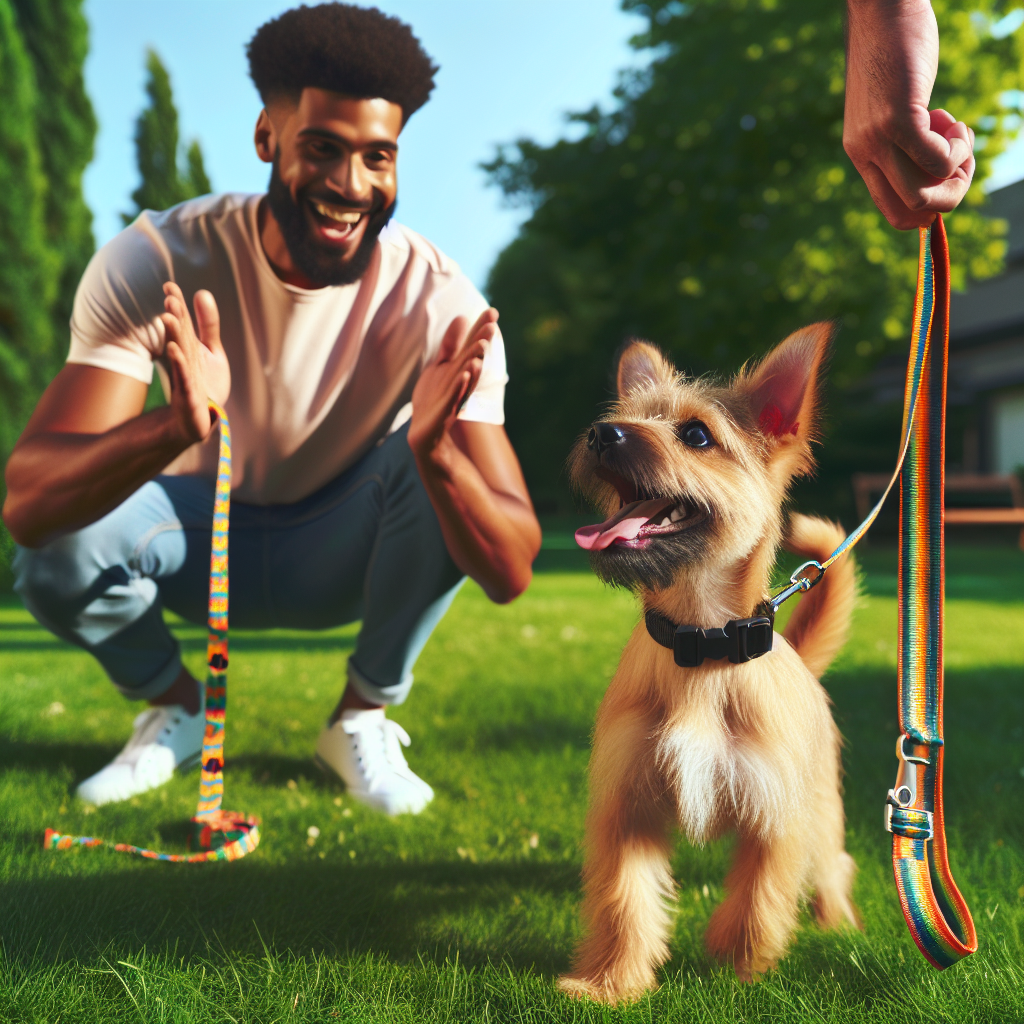If you’ve recently welcomed a small furry friend into your home, you may find yourself facing the common challenge of potty training. With their tiny bladders and limited control, potty training a small dog can be a bit tricky. However, fear not! In this article, we will explore some effective strategies and tips to help you navigate the process of potty training your adorable little canine companion. From establishing a consistent routine to using positive reinforcement, we’ll cover all the bases to ensure a successful and stress-free potty training experience for both you and your small pup. So, let’s get started on this exciting journey towards a clean and accident-free home!

Preparing for potty training
Gathering necessary supplies
Before you start potty training your small dog, it’s important to gather all the necessary supplies. This includes items such as pee pads or newspaper, a designated potty area, treats for rewards, a crate for crate training, and cleaning supplies for accidents. Having these supplies ready will ensure a smooth and efficient potty training process.
Creating a designated potty area
Creating a designated potty area for your small dog will help them understand where they should go to relieve themselves. This area should be easily accessible and preferably located near an exit. You can use pee pads, newspaper, or even a specific corner of your backyard as the designated potty area. Make sure to consistently use the same area to avoid confusion.
Establishing a routine
Establishing a routine is crucial for potty training success. Dogs thrive on routine and knowing what to expect. Set specific times throughout the day for potty breaks, such as after meals, after waking up, and before bedtime. Take your small dog to the designated potty area at these scheduled times and give them plenty of opportunities to go potty.
Understanding the basics
Knowing your dog’s cues
Observing and understanding your dog’s cues is essential for successful potty training. Pay attention to their body language and signals that indicate they need to go potty. These cues may include sniffing around, circling, or scratching at the door. By recognizing these cues, you can anticipate when your small dog needs to go and take them to the designated potty area in a timely manner.
Understanding their natural instincts
It’s important to have a basic understanding of your small dog’s natural instincts during potty training. Dogs have an instinctual urge to keep their living area clean, which is why crate training can be effective. They are also more likely to eliminate after eating, drinking, playing, or waking up from a nap. By understanding these instincts, you can better anticipate when your dog needs to go and facilitate successful potty training.
Identifying potential obstacles
Each dog is unique, and there may be certain obstacles or challenges that you will need to navigate during the potty training process. These obstacles can include fear of going potty outside, separation anxiety when left alone, or difficulty adjusting to a new environment. Identifying these obstacles early on will allow you to tailor your training approach and provide the necessary support to help your small dog succeed.
Positive reinforcement training methods
Using treats and rewards
Positive reinforcement is a highly effective training method for potty training small dogs. Whenever your dog successfully goes potty in the designated area, immediately reward them with treats and praise. This helps them associate going potty in the right place with positive experiences. Be consistent with the rewards, and gradually decrease the frequency as your dog becomes more reliable in their potty training.
Using verbal praise and encouragement
In addition to treats and rewards, verbal praise and encouragement are important tools in potty training. Whenever your small dog eliminates in the designated area, use a happy and excited tone of voice to praise them. Reinforce positive behavior by showering them with words of encouragement and letting them know that they’ve done a great job.
Avoiding punishment and negative reinforcement
It’s crucial to avoid punishment and negative reinforcement during potty training. Punishing your dog for accidents or mistakes will only confuse and discourage them. Instead, focus on the positive aspects of their progress and redirect them to the designated potty area when accidents occur. Remember, patience and consistency are key when using positive reinforcement to train your small dog.
Crate training
Introducing the crate
Crate training can be a valuable tool for potty training your small dog. It helps establish a den-like environment where they can feel safe and secure. Introduce the crate gradually by offering treats and meals inside, allowing your dog to explore and become comfortable with it. Never force your dog into the crate, as this may create negative associations. Make it a positive and inviting space for them.
Setting a schedule for crate time
To effectively incorporate crate training into your potty training routine, establish a schedule for crate time. This means having specific times throughout the day when your small dog spends time in the crate. This can be during unsupervised periods or when you’re unable to closely monitor their behavior. Be sure to provide plenty of toys and comfort items to keep them occupied and reduce stress.
Gradually lengthening crate time
As your small dog becomes more comfortable with the crate, gradually increase the length of time they spend inside. Start with short periods and gradually extend the duration. Be mindful of your dog’s comfort level and never leave them in the crate for excessive periods without a break for potty breaks and exercise. Gradually lengthening crate time will help them develop bladder control and reinforce the concept of a designated potty area.

Paper or pee pad method
Creating a designated area with paper or pee pads
The paper or pee pad method is another option for potty training your small dog. This method involves creating a designated area with paper or pee pads where your dog can eliminate. Place the pads or newspaper in an area easily accessible to your dog and consistently use that area for potty breaks. This method is especially useful for dogs living in apartments or places without proper outdoor access.
Teaching your dog to use the designated area
To teach your dog to use the designated area with paper or pee pads, place them on the pads when you anticipate they need to go potty. You can use verbal cues such as “go potty” or “do your business” to signal to your dog what is expected of them. Encourage and praise them when they eliminate on the pads. With consistency and positive reinforcement, your small dog will learn to associate the designated area with going potty.
Gradually reducing the use of paper or pee pads
Once your small dog has become comfortable using the designated area with paper or pee pads, you can begin to reduce their reliance on them. Gradually decrease the size of the designated area by removing some of the pads or paper. Encourage your dog to focus on eliminating in a specific spot within the designated area. Eventually, you can eliminate the use of paper or pee pads altogether, transitioning your dog to outdoor potty breaks.
Outdoor training
Choosing an appropriate outdoor area
When transitioning your small dog to outdoor potty training, it’s important to choose an appropriate outdoor area. Select a location that is easily accessible and safe for your dog to eliminate. Avoid areas with heavy foot traffic or potential hazards. Providing a consistent outdoor potty area will help reinforce the concept of where your dog should go to relieve themselves.
Using verbal cues and commands
Using verbal cues and commands is crucial when training your small dog to potty outdoors. Choose a specific cue, such as “go potty” or “do your business,” and consistently use it every time you take your dog outside. This will signal to your dog that it’s time to eliminate. Repeat the cue while your dog is in the designated potty area to reinforce the connection between the cue and the desired behavior.
Rewarding successful outdoor potty breaks
Rewarding successful outdoor potty breaks is crucial in reinforcing the desired behavior. Whenever your small dog eliminates in the designated outdoor area, immediately praise them and offer treats or rewards. Make the experience positive and rewarding for your dog, so they are motivated to continue going potty in the appropriate place. Consistency and positive reinforcement are key to successful outdoor potty training.

Consistency and patience
Sticking to a consistent routine
Consistency is key when it comes to potty training your small dog. Stick to a consistent routine and schedule for potty breaks. Take your dog to the designated potty area at the same times every day and provide ample opportunities to eliminate. Consistency helps establish good habits and reinforces the potty training process. Be patient and persistent with your training routine.
Remaining patient throughout the process
Potty training can take time, especially with small dogs who may have smaller bladder capacities. It’s important to remain patient throughout the process and avoid becoming frustrated. Accidents may happen, but it’s crucial to stay calm and redirect your dog to the designated potty area. Yelling or showing frustration will only hinder the training progress. Remember that patience and positive reinforcement are the keys to success.
Avoiding punishment for accidents
Accidents are a normal part of the potty training process, and punishing your dog for them will only create confusion and anxiety. Instead of punishing your small dog for accidents, focus on reinforcing positive behavior and redirecting them to the designated potty area. Punishment will only create fear and may lead to setbacks in the training process. Stay positive, patient, and supportive.
Dealing with setbacks
Identifying the cause of setbacks
Setbacks can occur during the potty training process, and it’s important to identify their causes. Whether it’s a change in routine, a new environment, or emotional stress, setbacks can happen for various reasons. Take the time to evaluate any changes or factors that may have contributed to the setback. Understanding the cause will allow you to adjust your training approach accordingly.
Adjusting the training approach
Once you’ve identified the cause of setbacks, it’s important to adjust your training approach to address the issue. This may involve revisiting certain training methods, reinforcing the basics, or providing additional support to your small dog. Every dog is unique, and what works for one may not work for another. Flexibility and adaptability in your training approach will help overcome setbacks and continue progress.
Seeking professional help if needed
If you find yourself facing significant challenges or are unsure how to address specific setbacks in your small dog’s potty training, don’t hesitate to seek professional help. Professional dog trainers or behaviorists can provide expert guidance and tailored solutions to help you overcome obstacles. They can assess your dog’s unique needs and offer strategies to ensure long-term success in potty training.

Maintenance and long-term success
Continuing to reinforce good habits
Even after your small dog is successfully potty trained, it’s important to continue reinforcing good habits. Reinforce the use of the designated potty area through consistent praise and rewards. Continue to maintain a regular potty break schedule to prevent accidents and reinforce the routine. Staying consistent and positive will help solidify the potty training habits your dog has learned.
Gradually expanding potty area privileges
Once your small dog has mastered potty training, you can gradually expand their potty area privileges. Start by allowing them supervised access to additional areas of your home. Monitor their behavior closely during these times and be prepared to redirect them to the designated potty area if needed. Slowly expanding their potty area privileges will help reinforce their good habits.
Addressing any regression promptly
Occasionally, even well-trained dogs may experience regression in their potty training. This can happen due to various factors such as changes in routine, health issues, or stressful events. If you notice any regression in your small dog’s potty training, address it promptly. Rely on the previously successful training methods, reinforce the basics, and identify any potential triggers that may have caused the regression.
Special considerations for small breeds
Taking into account smaller bladder capacity
Small breed dogs often have smaller bladder capacities, which can make potty training more challenging. It’s important to consider their limitations and adjust your training schedule accordingly. Small dogs may need more frequent potty breaks compared to larger breeds. Be proactive in taking them to the designated potty area throughout the day to avoid accidents and support their smaller bladder capacity.
Adjusting the training schedule accordingly
Considering the smaller bladder capacity of small breed dogs, adjust your training schedule accordingly. Increase the frequency of potty breaks, especially during the initial stages of training. Take them to the designated potty area more frequently and be observant of their cues and behavior. Adapting the training schedule to meet their specific needs will help facilitate successful potty training for small breed dogs.
Providing timely access to the designated potty area
Small breed dogs may have a more urgent need to eliminate, so it’s important to provide them with timely access to the designated potty area. If you notice any signs that your small dog needs to go, such as increased restlessness or circling, immediately take them to the designated area. Being proactive and responsive to their needs will help prevent accidents and support their potty training progress.
Potty training a small dog requires patience, consistency, and a positive approach. By following these guidelines and tailoring them to your dog’s specific needs, you can help your small companion develop good potty habits and enjoy a clean and happy living environment for both of you. Remember to celebrate every success, stay patient during setbacks, and seek professional help if needed. With dedication and understanding, you and your small dog will achieve potty training success.





